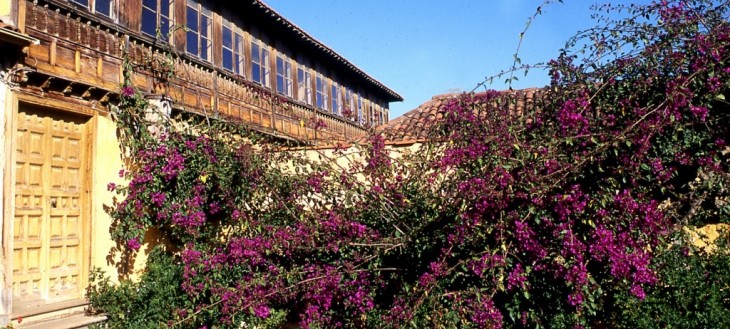The presence of beautiful manors spread across the whole of Los Realejos, but especially in the medium-altitude areas and on the coast, was fostered by the cultivation of sugar, in the first place, and the vine growing, in the second place.
These are buildings of significant architectural value with exclusive large spaces and wood, not to mention the botanical lushness of their beautiful gardens.
Los Realejos is considered the best example of manors in rural areas in the Canary Islands, considering the abundance and good state of conservation of these buildings.
These huge rural houses became rural land holdings, following the partition of lands by Alonso Fernández de Lugo. They worked as companies aiming to meet the demands of the European population in different periods of history, by supplying sugar cane, vines, cochineal carmine and bananas. Besides, they were equipped with mills and sugar factories, but also with mills to extract the juice of some fruits to make liquors. Manors were surrounded by other simpler constructions for different purposes, such as a stable, a wine cellar, a larder, lodging for the administrators and caretakers, premises for the production of honey and the traditional wine presses.
A hermitage is an inseparable element of the whole complex, either as part of the houses or facing the street. The external white walls with battlements and the wide gates helped to keep manors private. Nowadays, some of these manors are inhabited or closed, whilst others are summer residences or have become landmarks of the town.
These buildings have enriched the architectural heritage of Los Realejos and are a symbol of the town’s prosperous economic past. Their gardens, botanical spaces, paths and walkways, enclosed places, irrigation canals and reservoirs, are also remarkable.
Did you know…?
Los Realejos is considered the best example of manors in rural areas in the Canary Islands.
- Artículos relacionados
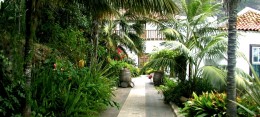 The Princes’ Manor
The Princes’ Manor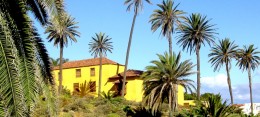 The Castro Manor
The Castro Manor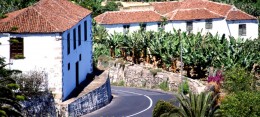 The Four Windows Manor
The Four Windows Manor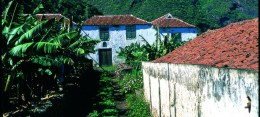 The Viscount of Buen Paso Manor
The Viscount of Buen Paso Manor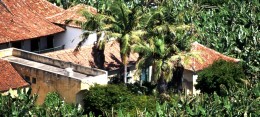 Manors of ‘Las Chozas’, ‘La Rambla’, ‘El Socorro’ and ‘La Torre y Ruiz’
Manors of ‘Las Chozas’, ‘La Rambla’, ‘El Socorro’ and ‘La Torre y Ruiz’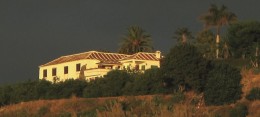 The Knife Manor
The Knife Manor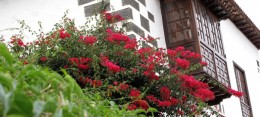 The Poggio Manor
The Poggio Manor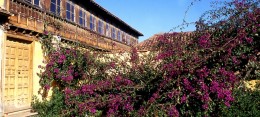 The Manor of St. Ildefonso - The Reeds - Castro's Gardens
The Manor of St. Ildefonso - The Reeds - Castro's Gardens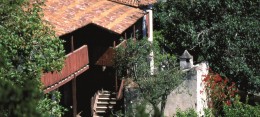 The Coronela Manor
The Coronela Manor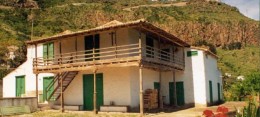 The Threshing Floor House
The Threshing Floor House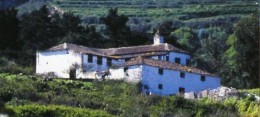 The Wall Manor
The Wall Manor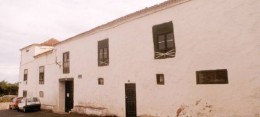 The Gorvorana Manor
The Gorvorana Manor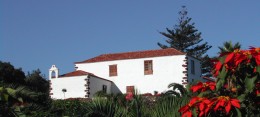 Don Santiago's Colonial Mansion - Saroga Plantation
Don Santiago's Colonial Mansion - Saroga Plantation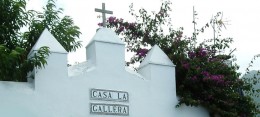 The Cockpit House
The Cockpit House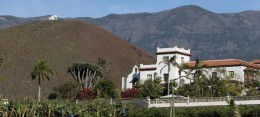 The Zárate-Salazar Family Manor
The Zárate-Salazar Family Manor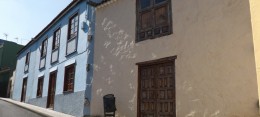 Palo Blanco House
Palo Blanco House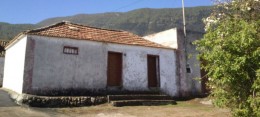 Hoya de Pablo Hamlet
Hoya de Pablo Hamlet


